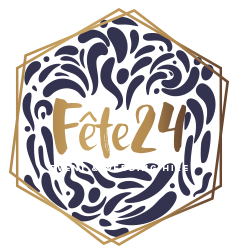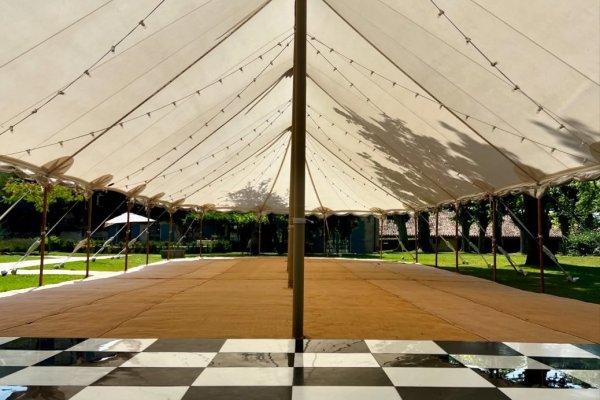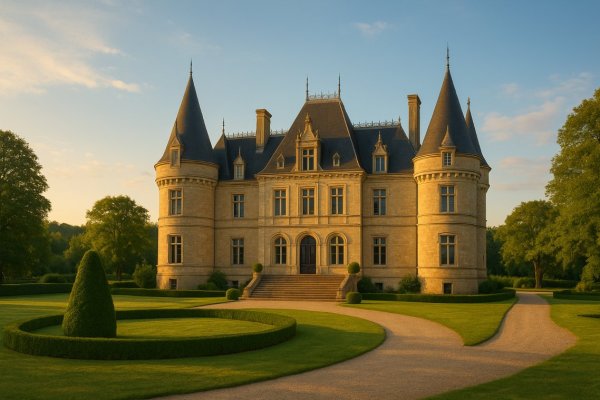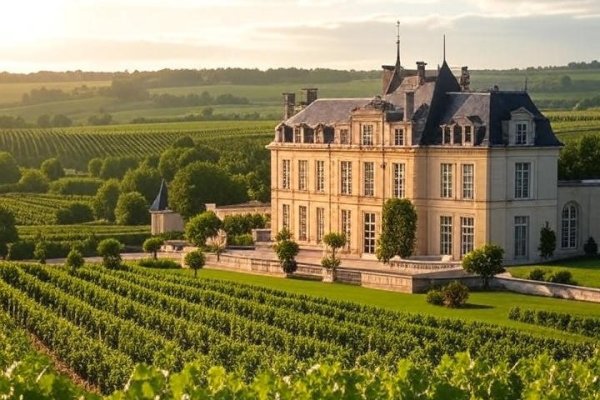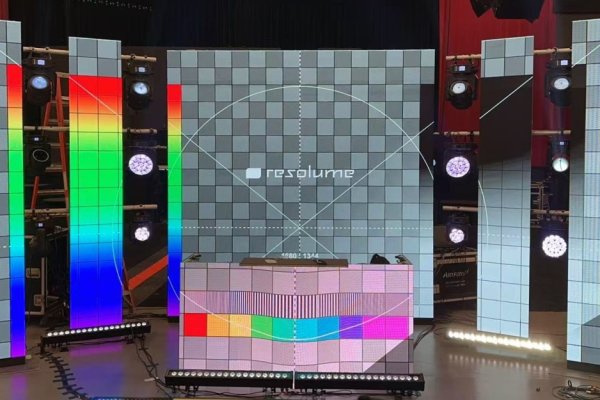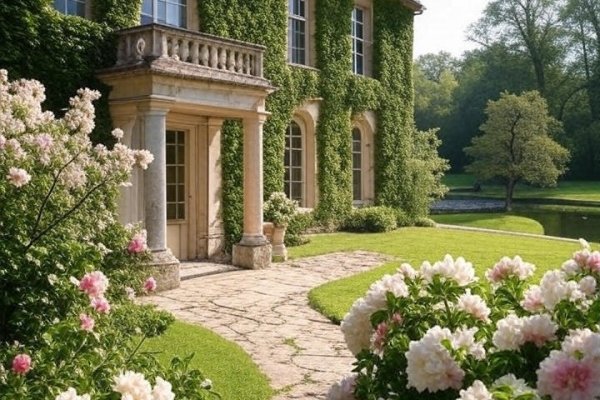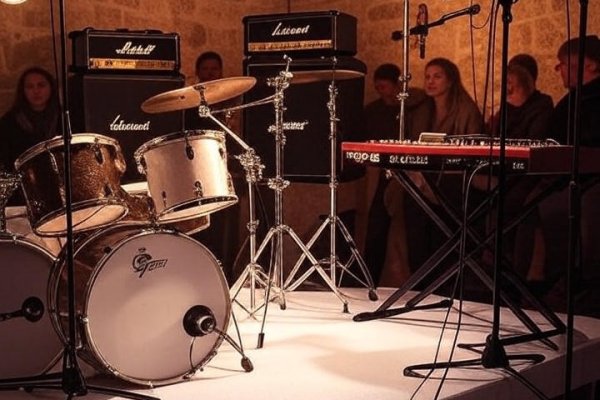What Are Some of the French Wedding Traditions?
09/09/2022Whether you've just been invited to a French wedding and you're wondering what to expect, or you're looking to marry in this romantic country and want to include some native customs, several French wedding traditions depart quite significantly from those in English-speaking Western cultures.
So what are some of the most common wedding traditions unique to French celebrations?
What Are Some of the Most Notable French Wedding Traditions?
As mentioned, there are several differences between a French wedding and a traditional Western wedding – starting with the fact that there are two ceremonies.
French Couples Have Two Weddings
Though not a requirement, most French couples have two weddings: a civil ceremony (the only legally recognised form of marriage) and a religious or symbolic ceremony the next day (or shortly thereafter).
The civil ceremony is conducted under the stewardship of the local mayor and is only usually attended by immediate family and friends. . Then, the "proper" wedding celebration takes place the following day or soon after, typically at a church or other venue, with a larger group of guests and often a more elaborate celebration.
The civil ceremony is legally required for marriage in France, while the religious ceremony (if it occurs) is symbolic. In recent years, due to the rise of destination weddings and a more globalised culture, many couples choose to marry abroad but still return to France for the civil ceremony. This trend has been especially common for international couples.
Témoins Instead of Bridesmaids & Groomsmen
That's right; French weddings don't tend to have bridesmaids or groomsmen. Instead, they have témoins (witnesses) that stand next to them during the ceremonies and sign the wedding registry.
Témoins can be of any age or gender and are usually the couple's closest friends or family. Marrying couples typically select two to three témoins each, though the number can vary depending on the couple’s preferences.
While the tradition of témoins remains strong in most French weddings, there is an increasing trend in larger, cosmopolitan cities (such as Paris) for couples to have bridesmaids and groomsmen, particularly if they are influenced by Anglo-Saxon wedding customs. However, this is still relatively rare in smaller towns and rural areas.
Cutting Through a White Sheet
This French wedding tradition has evolved over time, but it originates from a few hundred years ago when brides were paraded through the local village before the ceremony. Children would meet her before entering the chapel who stretched out white ribbons to block the bride's path, forcing the bride to cut them with scissors to pass through. The tradition symbolised the bride overcoming obstacles married life might bring.
Today, the tradition has evolved into the cutting of a heart in a white sheet for the bride and groom to go through together at their wedding reception.
This sheet may also be draped across the dance floor or doorway, symbolizing the couple entering a new phase of life together.
Champagne Tower
Of course, all French weddings have plenty of Champagne, and one of the oldest traditions is having a Champagne tower or a Fontaine de Champagne. The tower consists of Champagne flutes arranged in a pyramid shape. The Champagne bottle is then opened with a sabre (not all couples bother with this element), and then the bride pours the first bottle of Champagne into the uppermost flutes, allowing it to flow down to the others below.
The Champagne tower tradition has since become so popular that it's been adopted at plenty of Western weddings.
La Coupe De Mariage
The coupe de mariage is an engraved, two-handled shallow silver cup. It's a common wedding gift, and the couple can engrave it to mark their wedding date and other important dates such as the birth of a child.
It is tradition to fill the coupe with Champagne and use it to toast each other for the first time, although many couples skip this element these days.
However, many couples have opted to skip this element or adapt it by using other types of drinks for the toast, such as sparkling water or a personalized cocktail.
In some regions, the coupe de mariage is passed down as a family heirloom, with each generation using it for special occasions, such as anniversaries and the weddings of their children. The coupe is often cherished as a symbol of continuity and family tradition.
Croquembouche Instead of a Wedding Cake
French weddings do not typically feature a wedding cake. Instead, the traditional French wedding dessert comes in the form of a croquembouche– a pyramid of caramel-covered, cream-filled profiteroles. This dessert has been part of French wedding traditions since the 1700s.
Rather than cutting the cake and sharing slices among attendees, each wedding guest takes three or four cream puffs, with the pyramid's height depending on the size of the wedding.
Couples may feed each other a few profiteroles, similar to how Western weddings have the bride and groom feed each other cake. In some cases, the croquembouche may be accompanied by macarons or other pastries to give guests a variety of sweet treats.
Les Dragées
Wedding favours for guests in France typically come in the form of dragées. These sweet treats are almonds coated in sugar or chocolate and given to guests in small pouches.
In each pouch, there are usually five dragées, representing the couple's health, happiness, longevity, fertility, and wealth. The number of dragées is symbolic, as five is considered a number of balance and harmony.
In some contemporary weddings, dragées are now being replaced by other small gifts, such as custom chocolates or mini bottles of wine, especially in urban and destination weddings.
Summary: French Wedding Traditions
As you can see, there are many wedding traditions specific to French celebrations that you might not see anywhere else. So, if you're attending a wedding in France, make sure to look out for them!
Alternatively, if you are planning a destination wedding, why not include some of these native traditions in your celebration? From the croquembouche to the Champagne tower, these time-honored customs are a beautiful way to celebrate love in true French style.
